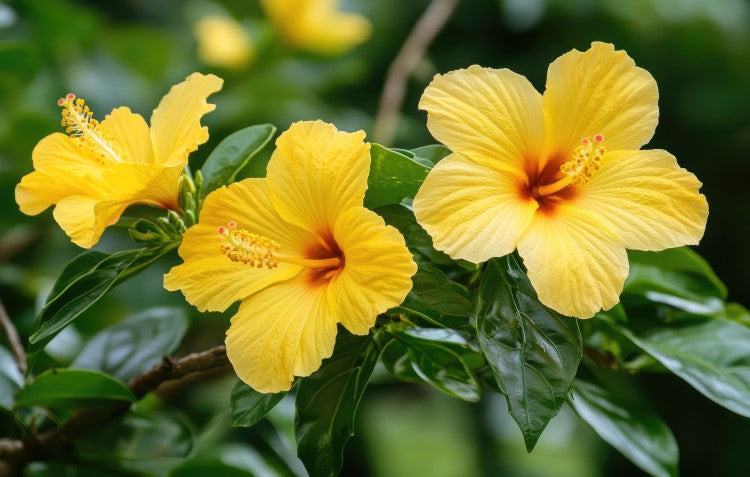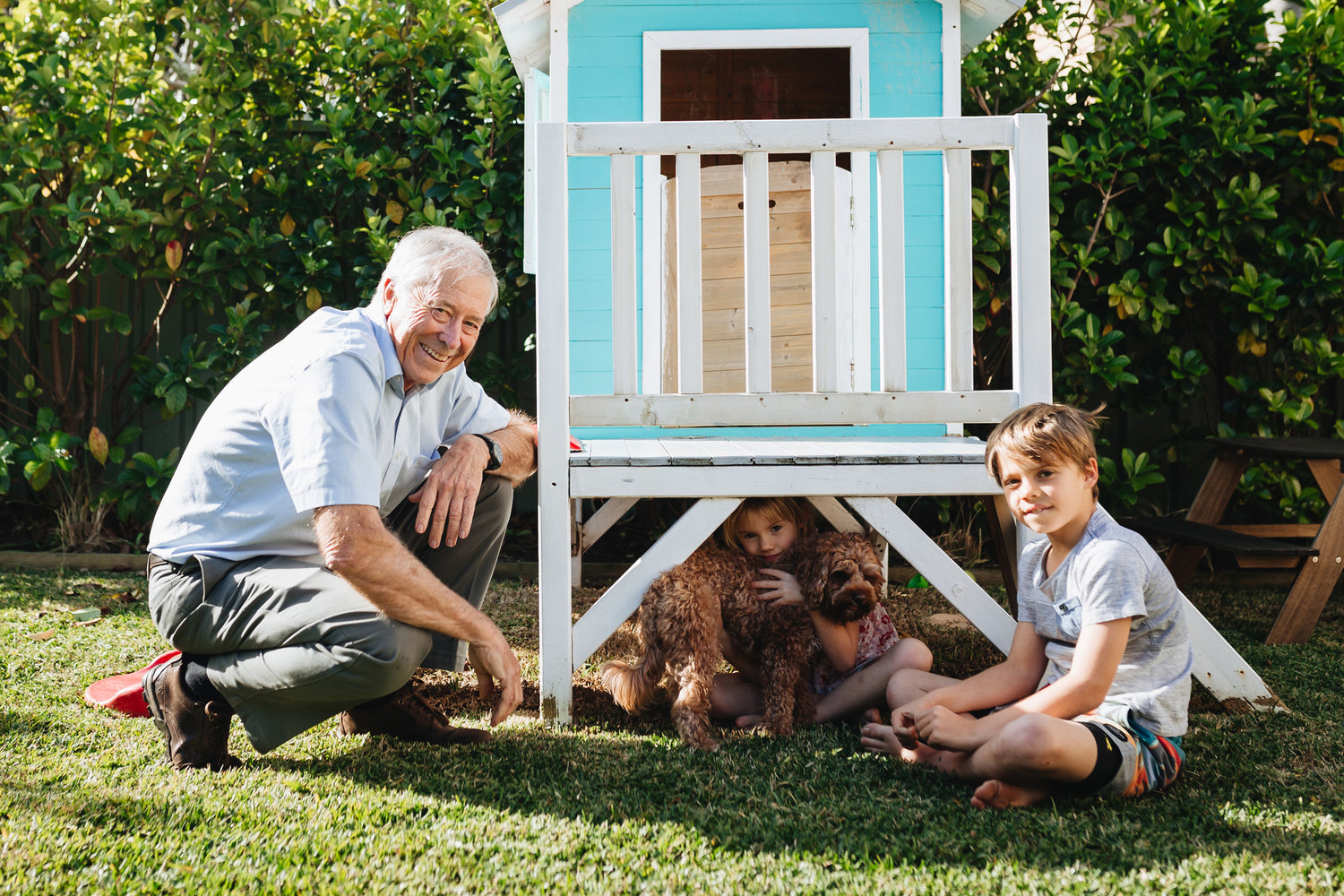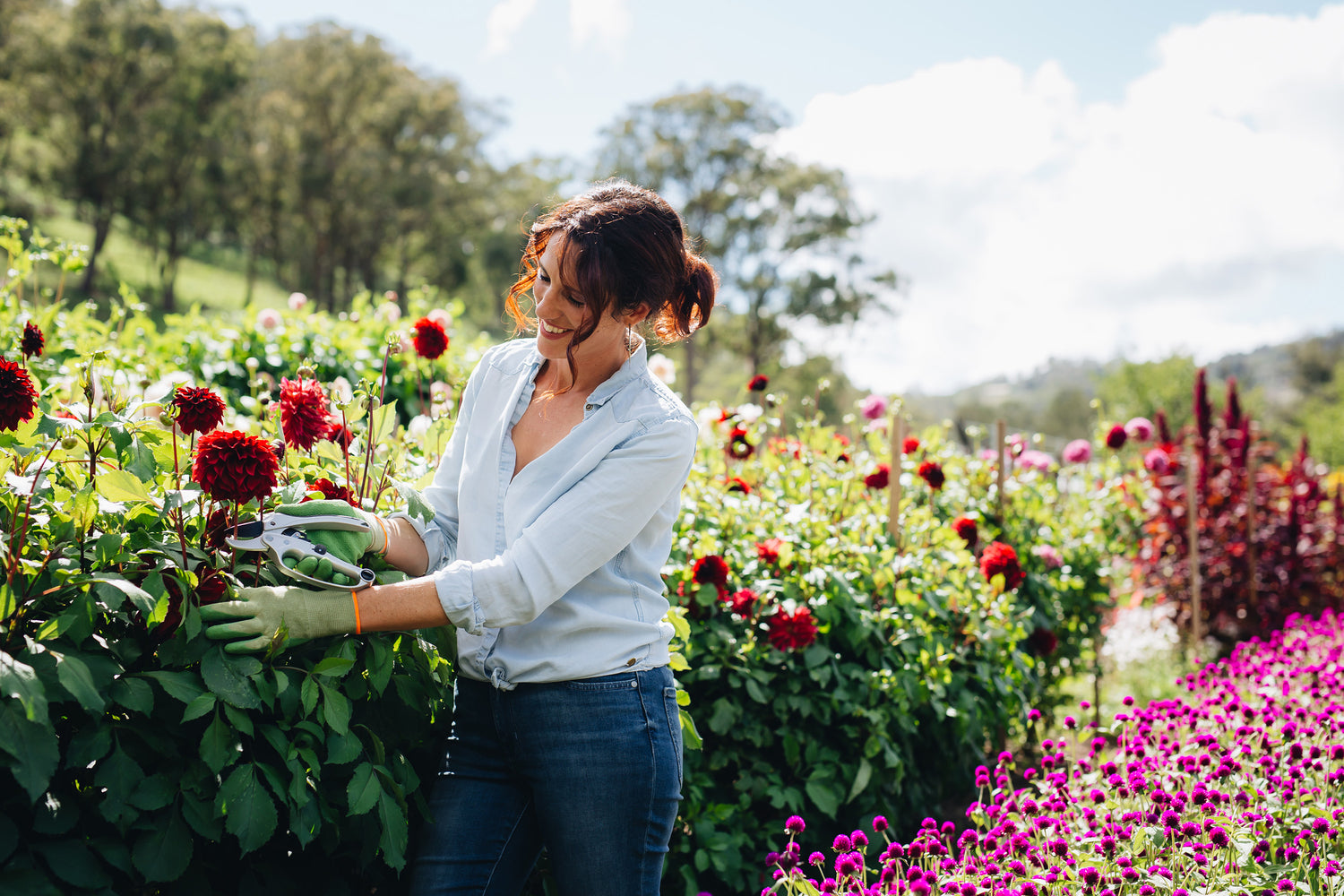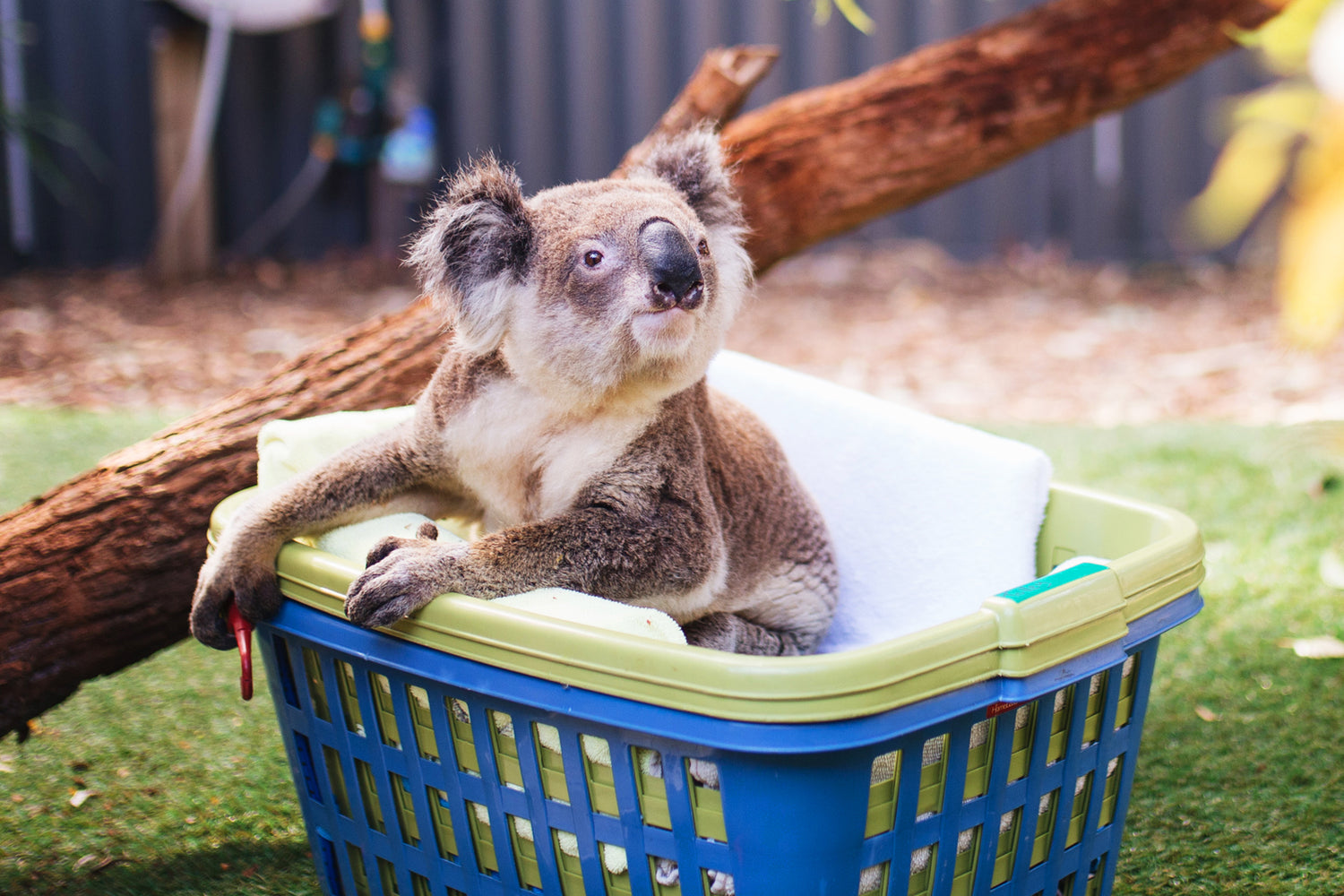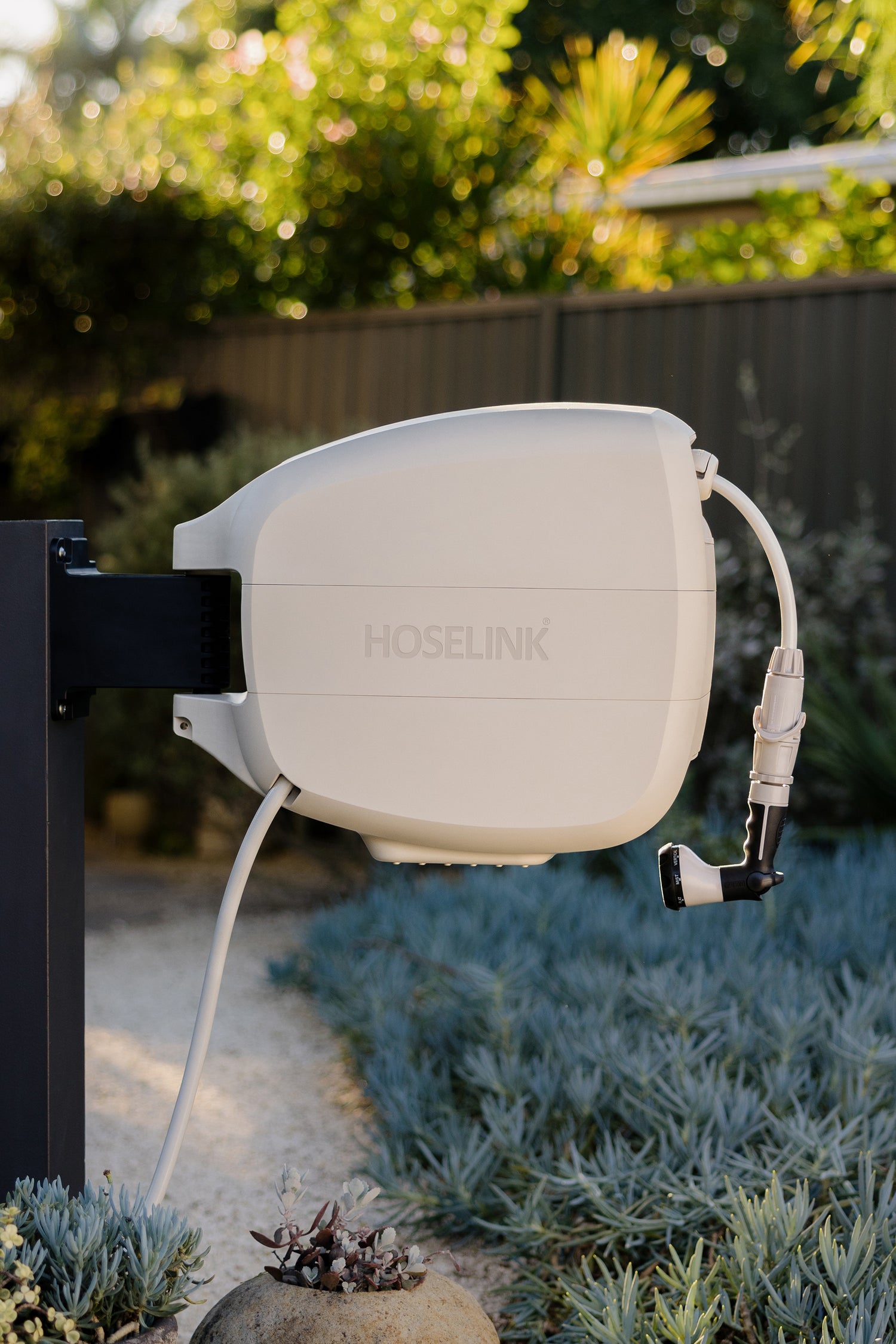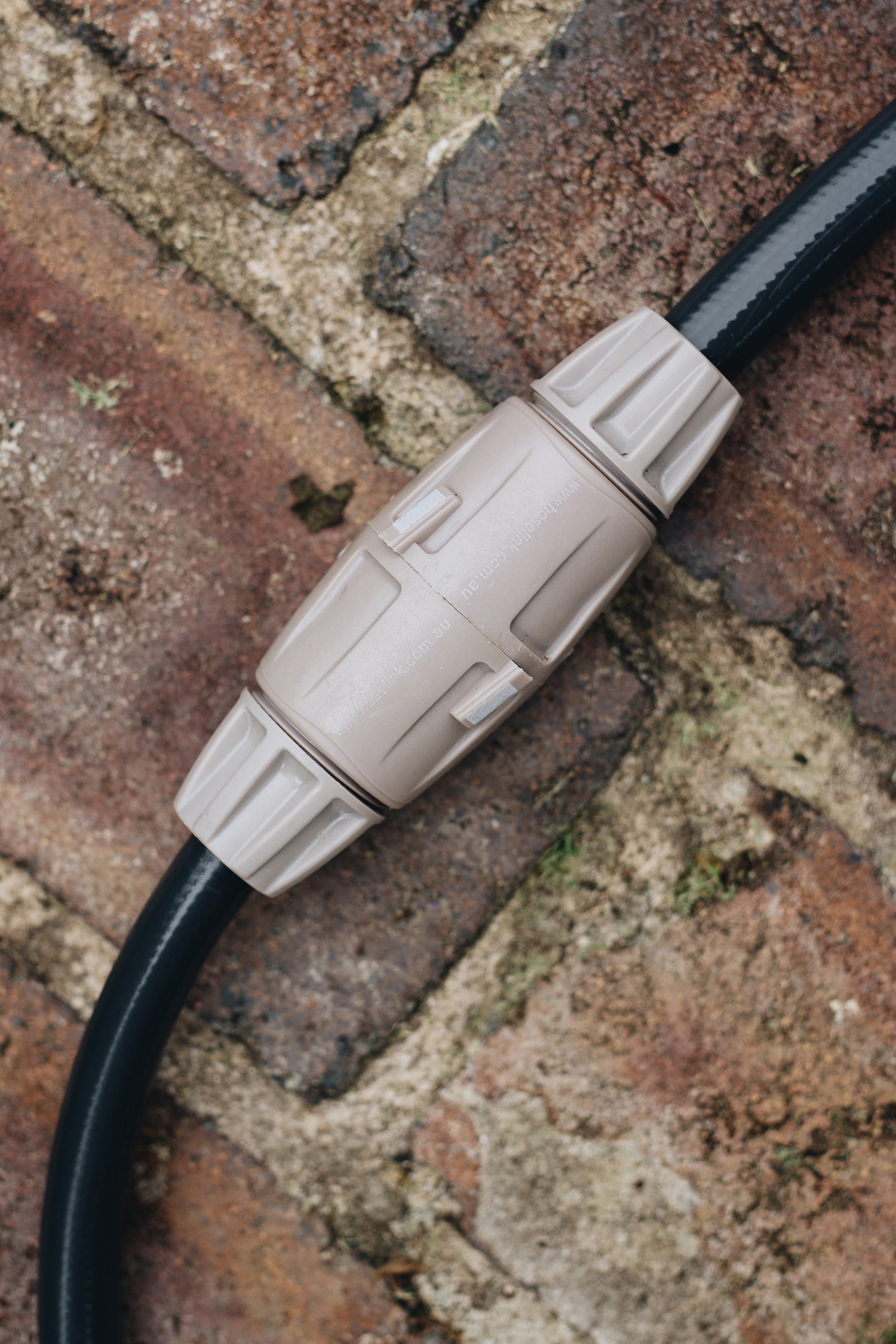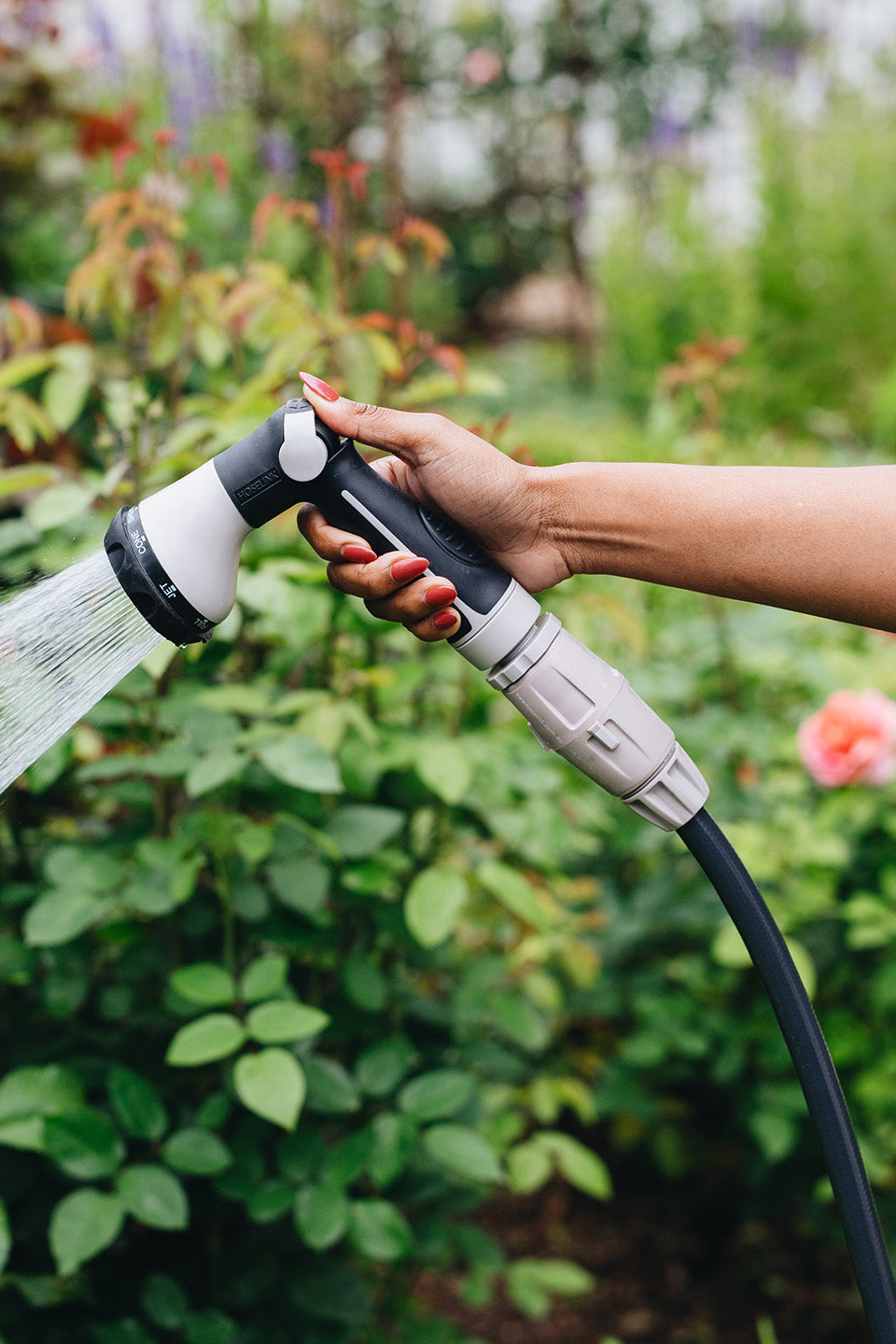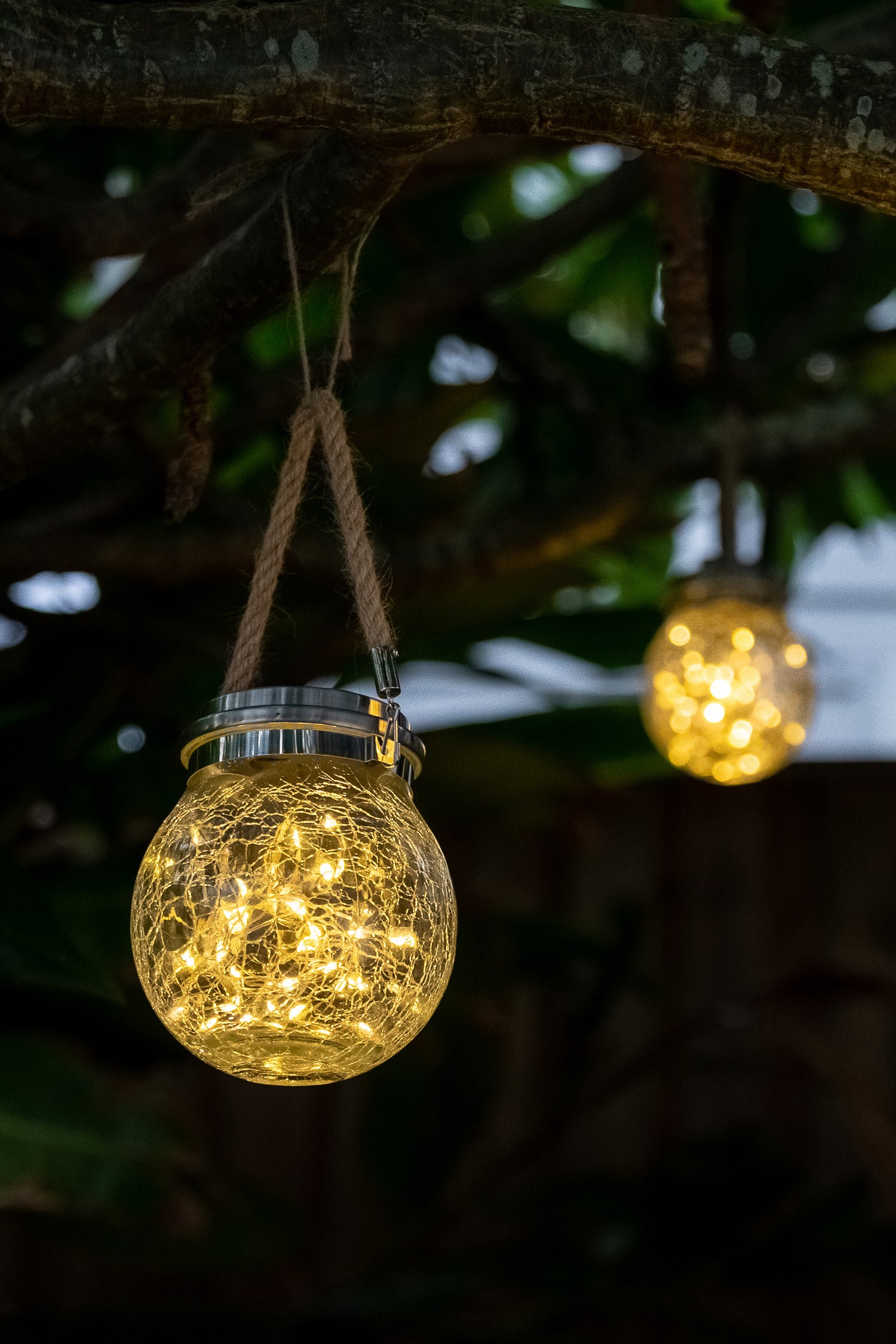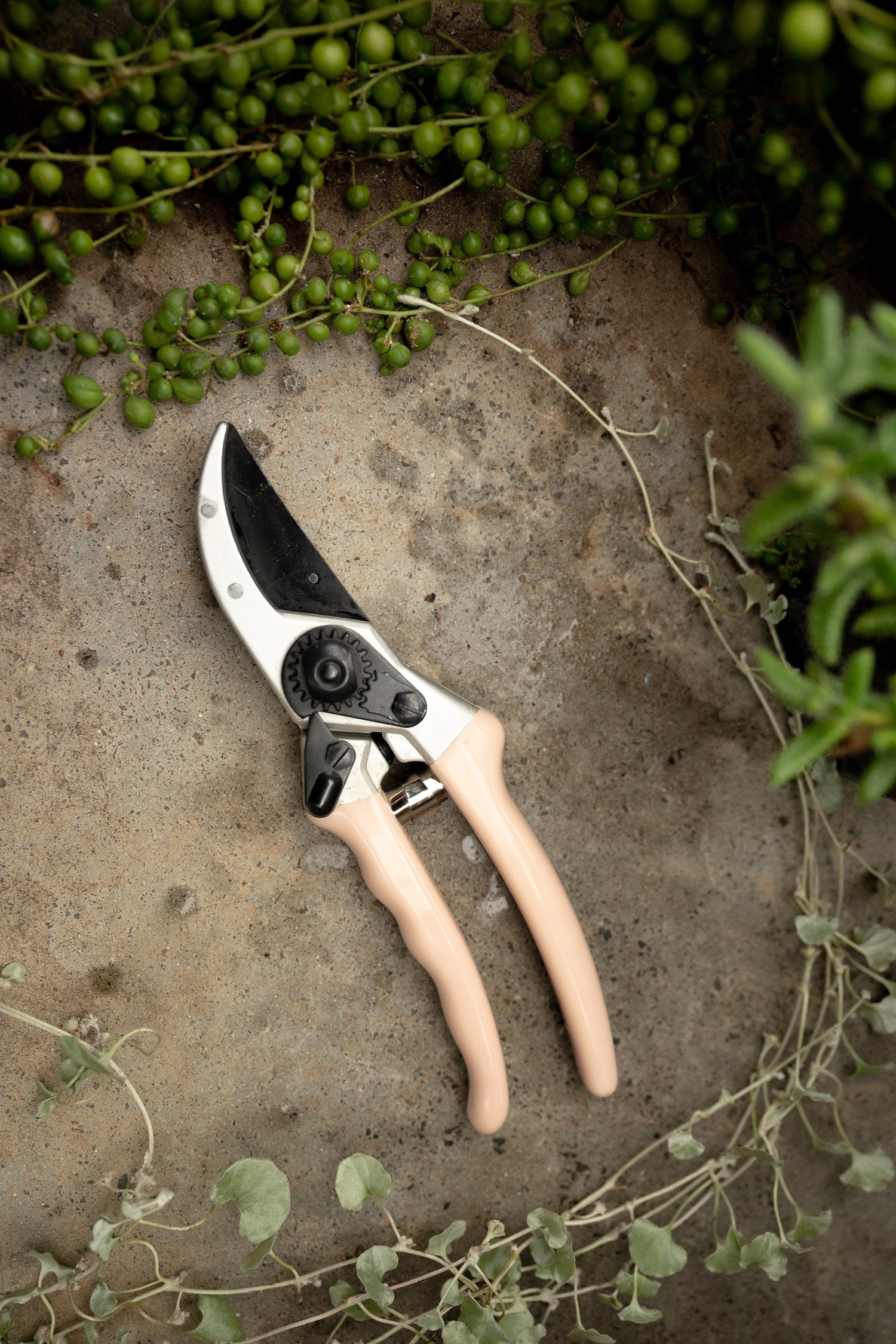If you’re going to incorporate any colour into your garden this planting season, there’s no better choice than a cheerful pop of yellow. No matter how overcast it is outside, this sunny hue will instantly brighten up your outdoor space, creating a warm and inviting atmosphere, whatever the weather.
Why Yellow?
In many cultures, yellow symbolises good luck, prosperity, and enlightenment. So when you bring yellow into your garden, it’s not just about the colour – you’re welcoming positive energy, optimism and vitality into your space too.
Creating the Perfect Palette
When it comes to the great outdoors, yellow is one of the most complementary colours there is. Not only does it offer a vivid contrast against the green foliage found in almost every garden, it brings out the best in a wide spectrum of other colours to completely transform your outdoor space.
For example, when combined with reds and oranges, like Dahlias or Daylilies, yellow adds warmth and energy, turning your concrete jungle patio into a sun-kissed paradise. When paired with soft pastels like pinks and lavenders, yellow lifts the entire composition. And even set against deep blues – directly opposite in the colour wheel – yellow creates a striking contrast that can bring excitement and drama to your garden.
Whether you want boldness, brightness or balance, yellow is the colour that can achieve it.

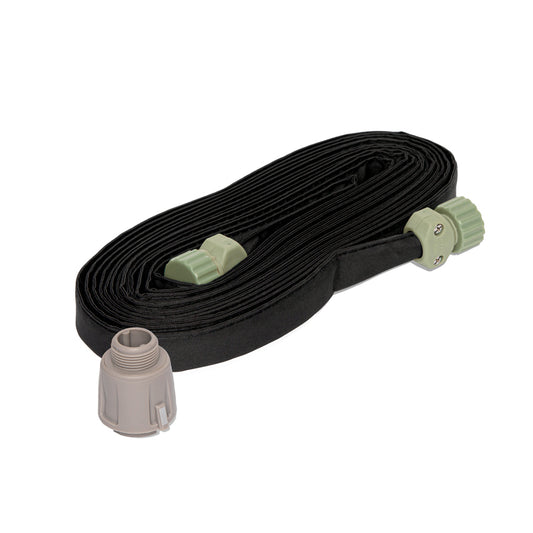
Australia's Favourite Yellow Flowers
Here in Australia, we’re spoiled for choice when it comes to brilliant yellow blooms. But if you ask us, you can’t beat these six picks for adding a golden touch to your garden.
1. Gazania Rigens Yellow
Family: Asteraceae
Genus: Gazania
Species: Rigens

Appearance: Gazania Rigens produce bold, daisy-like blooms, with distinctive reddish-brown marks on each petal that fan out from the flower’s central disc. These vibrant yellow flowers typically grow to around 15-25 cm tall and can spread up to 1 metre wide, making them ideal for ground cover or edging boring garden beds.
Cultivation: Make sure you plant your Gazania Rigens in a sunny spot in your garden. Keep the soil moist but well-drained, and apply mulch regularly for the first 12 weeks until the plant is well established. Once fully grown and thriving, this hardy, drought-tolerant flower requires minimal care and can be easily divided into pots or replanted in other parts of your garden.
Location: Gazania Rigens have naturalised along coastal dunes and roadsides in the Central Coast and Sydney regions of New South Wales, as well as along the coast of South East Queensland. In South Australia, they can be found in the southern Mount Lofty Ranges and on the Eyre Peninsula. Outside of Australia, Gazania Rigens thrive in subtropical regions like southern North America, northern Africa, South Africa and South Asia.
Fun fact: Gazania Rigens are sometimes called “The Treasure Flower”, which comes from the Greek word "gaza," meaning "treasure," and the vibrant, jewel-like gold of its flowers.
2. Gardenia Jasminoides 'Golden Magic'
Family: Rubiaceae
Genus: Gardenia
Species: Jasminoides

Appearance: This glossy evergreen shrub produces fragrant flowers that start out as creamy white and deepen into a golden yellow as they age. Once fully grown, the bush reaches roughly 1.5-2 metres high and 1.5 metres wide, with a rich green foliage that acts as a vibrant backdrop to the big yellow blooms.
Cultivation: Gardenias thrive in the sun, but should be sheltered from intense heat and strong winds. For optimum growth, plant in free-draining soil enriched with organic matter or, if you’re planting in pots, make sure you choose a high-quality mix containing peat moss or humus and ensure the soil is medium to acidic. Water regularly, apply mulch to retain moisture, and prune after flowering to maintain the elegant shape Gardenias are known for. Feed with a balanced fertiliser in Spring to keep them blooming from Summer through Winter.
Location: Gardenias are best suited to subtropical climates and are commonly found in the southern United States, northern Africa, South Africa, South Asia, and across Australia.
Fun fact: These unique blooms are often mistaken for bright yellow roses, but look closely at the foliage and you’ll see that the Gardenia Jasminoides features deep green leaves that are smooth and leathery, while the rose has duller, lighter green leaves with a textured serrated edge.

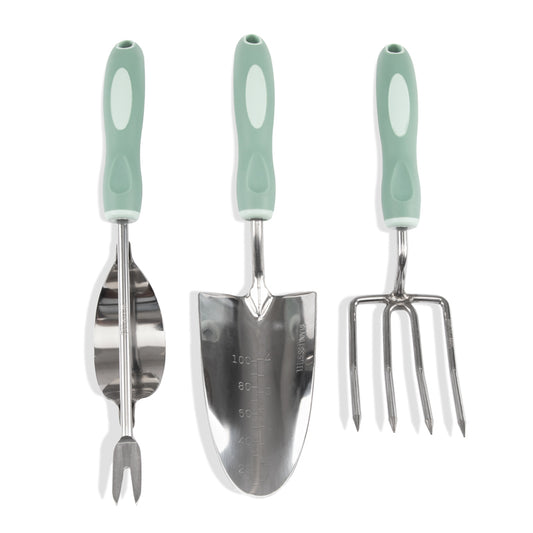
3. Goodia lotifolia 'Yellow Bush Pea'
Family: Papilionaceae
Genus: Goodia
Species: Lotifolia

Appearance: This native shrub features clusters of pea-shaped, yellow flowers that stand out against its blue-green foliage. Fast-growing and bushy, a Goodia lotifolia can reach up to 3 metres in both height and width, making it the perfect choice to add a splash of colour to larger gardens.
Cultivation: Goodia lotifolia thrives in full sun or light shade and prefers free-draining soil. For the best results, use a slow-release fertiliser formulated for native plants and add some well-composted manure when planting. Your plant will need regular watering until well established (about 12 weeks), but from then on will be both drought and frost tolerant. After flowering, lightly trim to encourage growth and give it a boost with liquid fertiliser during periods of extreme heat or dryness.
Location: Goodia lotifolia grows wild across much of Australia, particularly along coastal regions in New South Wales, Queensland, and Victoria.
Fun fact: Everyone in Australia knows this pea-flowering shrub by a different name, from the Golden Tip to the Clover Bush and Yellow Pea. What you call it is up to you!
4. Hibbertia Scandens
Family: Dilleniaceae
Genus: Hibbertia
Species: Scandens

Appearance: Hibbertia Scandens feature big yellow flowers with five rounded petals each, set against a dark green foliage. Its tendency to trail and climb makes it great for ground cover or a pretty twining plant for wire fences and trellises.
Cultivation: Commonly found growing wild among coastal dunes, this plant is most likely to reach its full flowering potential in direct sunlight and sandy, well-drained soil, perfect for coastal gardens and rough, natural terrain. It takes about 12 weeks to mature, during which time it requires regular watering and mulch – though once fully established it becomes drought tolerant and low-maintenance. It can grow up to 1 metre tall and spread as wide as 3 metres.
Location: Hibbertias are native to Australia and can also be found in New Guinea, New Caledonia, Fiji, and Madagascar.
Fun fact: Hibbertia Scandens is often called the “sunshine plant” because, in the same way as a sunflower, its buttercup-like flowers follow the sun throughout the day – a happy phenomenon known as heliotropism.
5. Hibiscus 'Summer Love'
Family: Malvaceae
Genus: Abelmoschus
Species: Manihot

Appearance: A tropical showstopper, this yellow beauty features a bold red centre and glossy green foliage. Blooming all the way from Summer to Winter, it typically grows between 1-3 metres tall and 1-2 metres wide, bringing a splash of colour to your garden for months on end.
Cultivation: The Hibiscus 'Summer Love' fares best in direct sunlight, with some protection or shelter in warmer parts of Australia. It will also happily tolerate minor frosts and cooler climates. Plant in free-draining soil rich in organic matter, and water frequently or mulch until the plant is fully established, which takes around 12 weeks. It’s resistant to most pests and diseases, low maintenance and drought resistant – perfect for fledgling gardeners or anyone short on time.
Location: Hibiscus plants tend to thrive in subtropical regions, including the southern United States, northern Africa, South Africa, South Asia, and coastal areas of Australia.
Fun fact: The name Hibiscus 'Summer Love' is said to be inspired by the flower’s vibrant, warm colours and the romantic feelings often associated with summer.
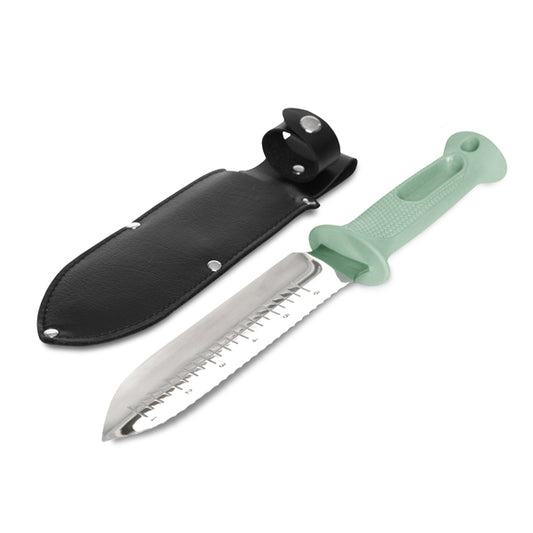
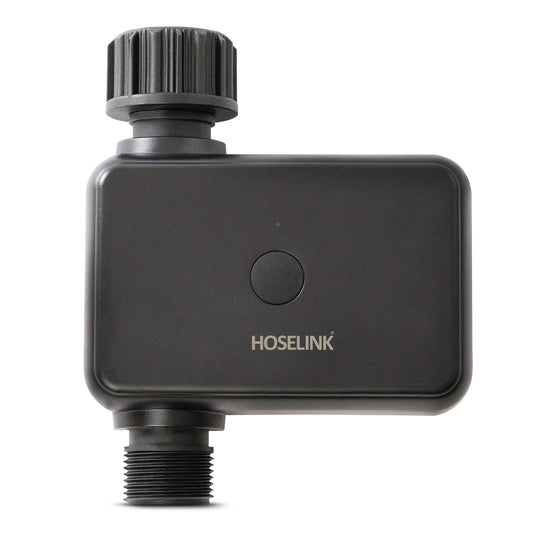
6. Anigozanthos 'Gold'
Family: Haemodoraceae
Genus: Anigozanthos
Cultivar: Gold Fever

Appearance: Thanks to its soft, furry, gold leaves, this distinctive Australian plant is affectionately known as Kangaroo Paw. Kangaroo Paws typically grow up to 1 metre in height and about 1 metre wide, and produce striking flowers from Spring until Summer.
Cultivation: Like a lot of native plants, the Kangaroo Paw prefers well-drained soil and drier conditions. It grows best in full sun (or partial shade in warmer parts of Australia). Be sure to prune old flowers and dead foliage regularly to encourage healthy growth, and add organic matter into the soil to boost vitality and speed up development. While drought-tolerant, the plant will benefit from additional watering during Spring and Summer to maintain sunny, long-lasting blooms.
Location: Native to southwestern Australia, Kangaroo Paws can also be found growing along the eastern coastline.
Fun fact: Besides contributing to its paw-like appearance, the Kangaroo Paw’s fuzzy texture helps protect it from harsh sunlight and conserves moisture – perfect for Australia’s often dry climate!
More to Explore
While these are six of our favourites, remember there’s a whole world of yellow flowers to explore. Look up popular picks like coreopsis marigolds, yellow tulips, and goldenrod, or go all-out Australiana with natives such as warrigal greens, flannel flowers, and golden wattles. Whatever you choose, these sunny blooms are sure to bring a smile to your face and a cheerful glow to your garden.

